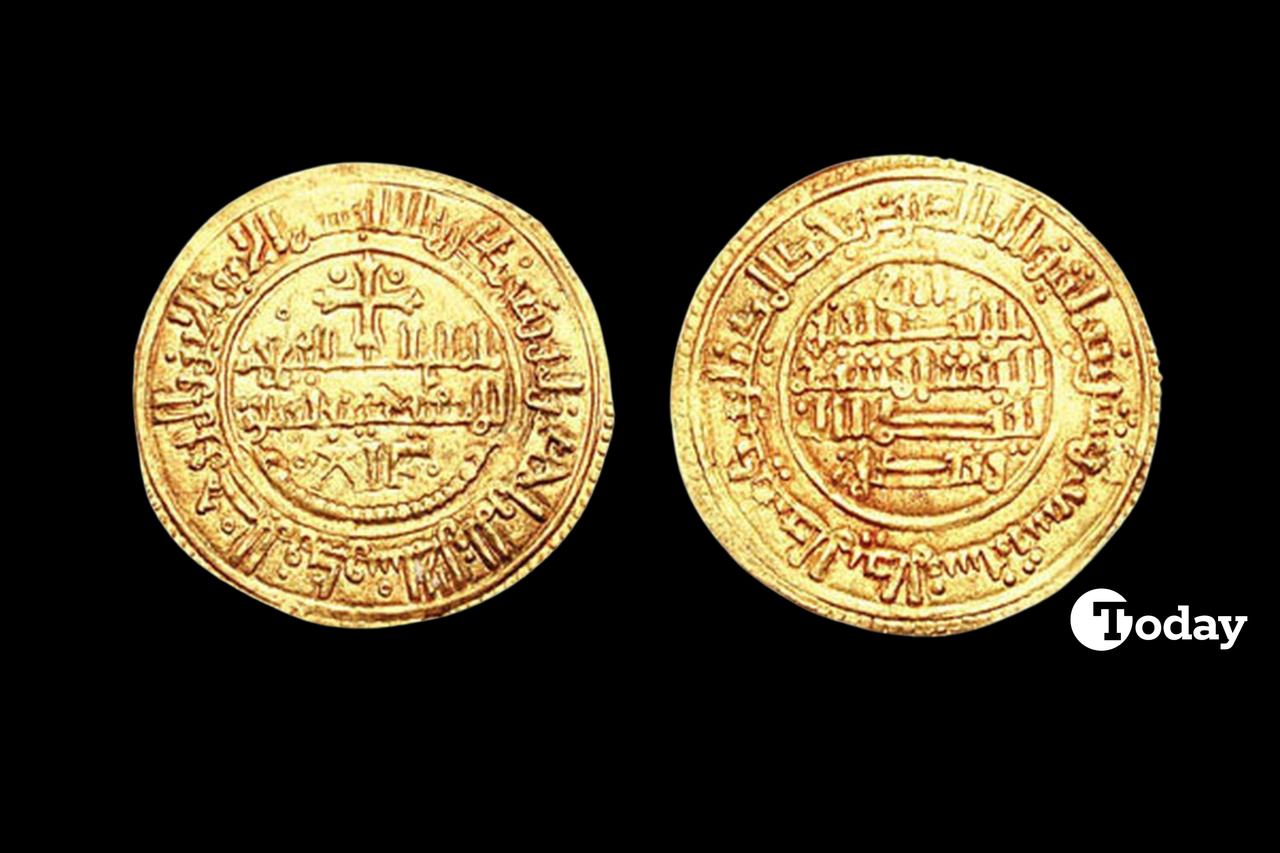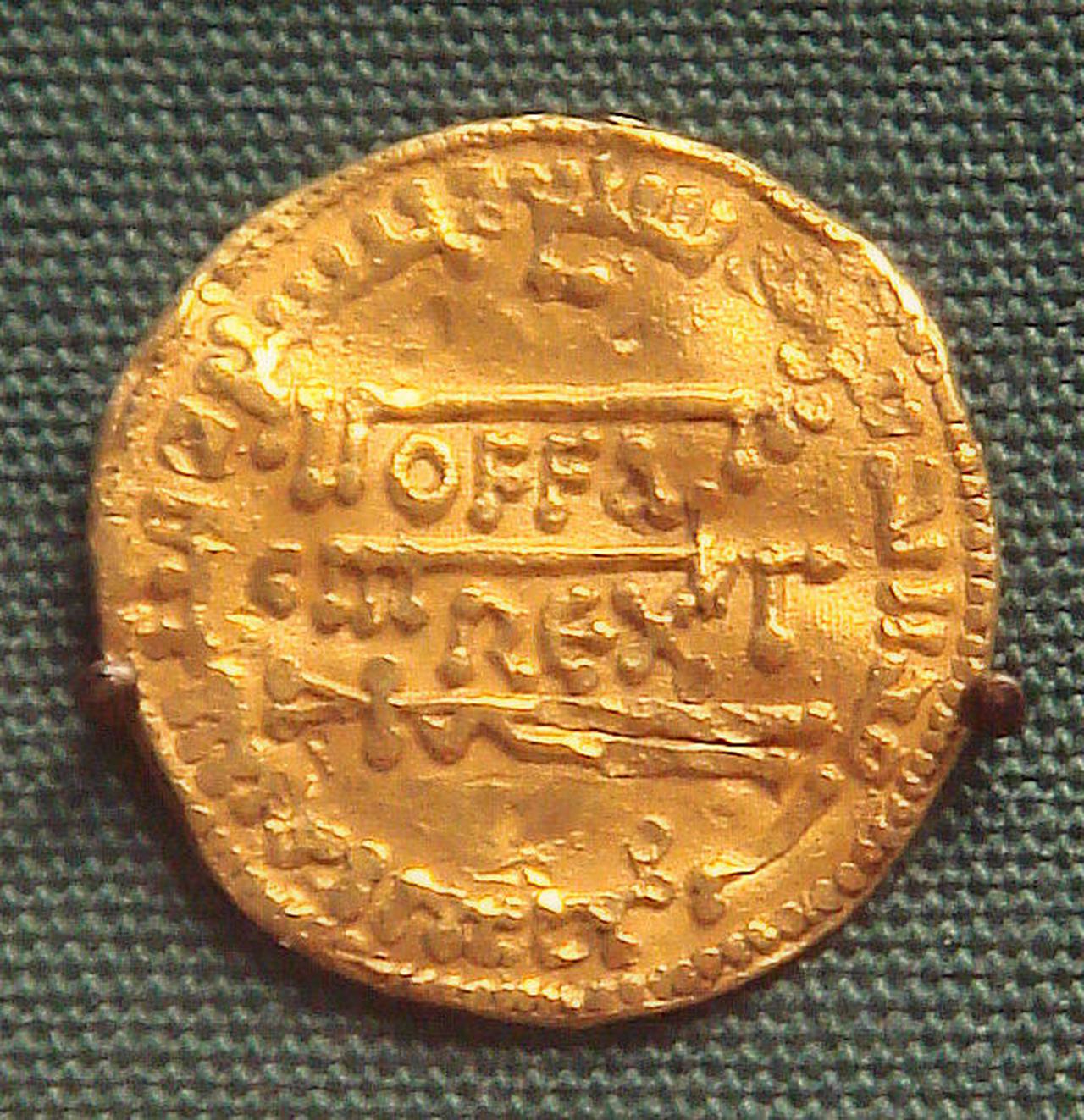
Long before the euro or dollar became global standards, the world’s most sought-after currency bore Arabic script and proclaimed faith in one God. From the windswept coasts of Viking Scandinavia to the royal courts of Anglo-Saxon England and the battle-worn Crusader states, Islamic coins left an unexpected imprint on global economies. Foreign empires imitated these coins not just to trade, but to tap into the credibility, prestige and power they represented.

In eighth-century England, King Offa of Mercia stunned historians centuries later by minting a gold coin inscribed in Arabic. Modeled almost exactly on an Abbasid dinar, Offa’s coin even included the shahada, the Islamic declaration of faith, followed by “Offa Rex” engraved in Latin script. The reasons remain mysterious. Was it minted for trade with Muslim Spain? A diplomatic gesture to Rome, unaware of the coin’s religious meaning? Whatever the case, it reveals how Islamic currency set the gold standard even in Christian kingdoms far from the caliphates.
In 1191, Alfonso VIII of Castile minted a gold maravedi that imitated the form and calligraphy of the Almoravid dinar, one of the most respected Islamic currencies of its time. While the coin featured Arabic script to maintain its acceptability in trade across Muslim lands and among Andalusian populations, it carried a startling twist: the Arabic inscriptions expressed Christian declarations of faith.
This calculated imitation served multiple purposes. It facilitated commerce in a multicultural Iberian Peninsula, projected Alfonso’s authority over newly conquered Muslim territories and showcased how Islamic numismatic prestige had become so entrenched that even Christian monarchs found it expedient to adopt its visual language. The gold maravedi is a powerful testament to how coinage became a tool not only of economic policy, but of interfaith messaging and soft power.
In southern Italy, where Norman princes ruled over a diverse population of Muslims, Greeks, and Latins, coinage often served as a bridge across religious and cultural divides. One of the most striking examples is the tari minted by Gisulf I of Salerno in the 11th century. This gold coin closely imitated the style and inscriptions of the Fatimid dinar—a powerful Islamic currency minted in North Africa and Egypt.

The tari bore Arabic script and mirrored the Fatimid layout so convincingly that it could easily circulate in Mediterranean markets. While Gisulf's tarì may have been slightly lighter or impure compared to Fatimid originals, the imitation was clearly intentional. It was a practical solution for trade with Muslim merchants, as well as a symbol of Salerno's place in a broader Mediterranean world shaped by Islamic economic norms.